
IUCN STATUS
No data available
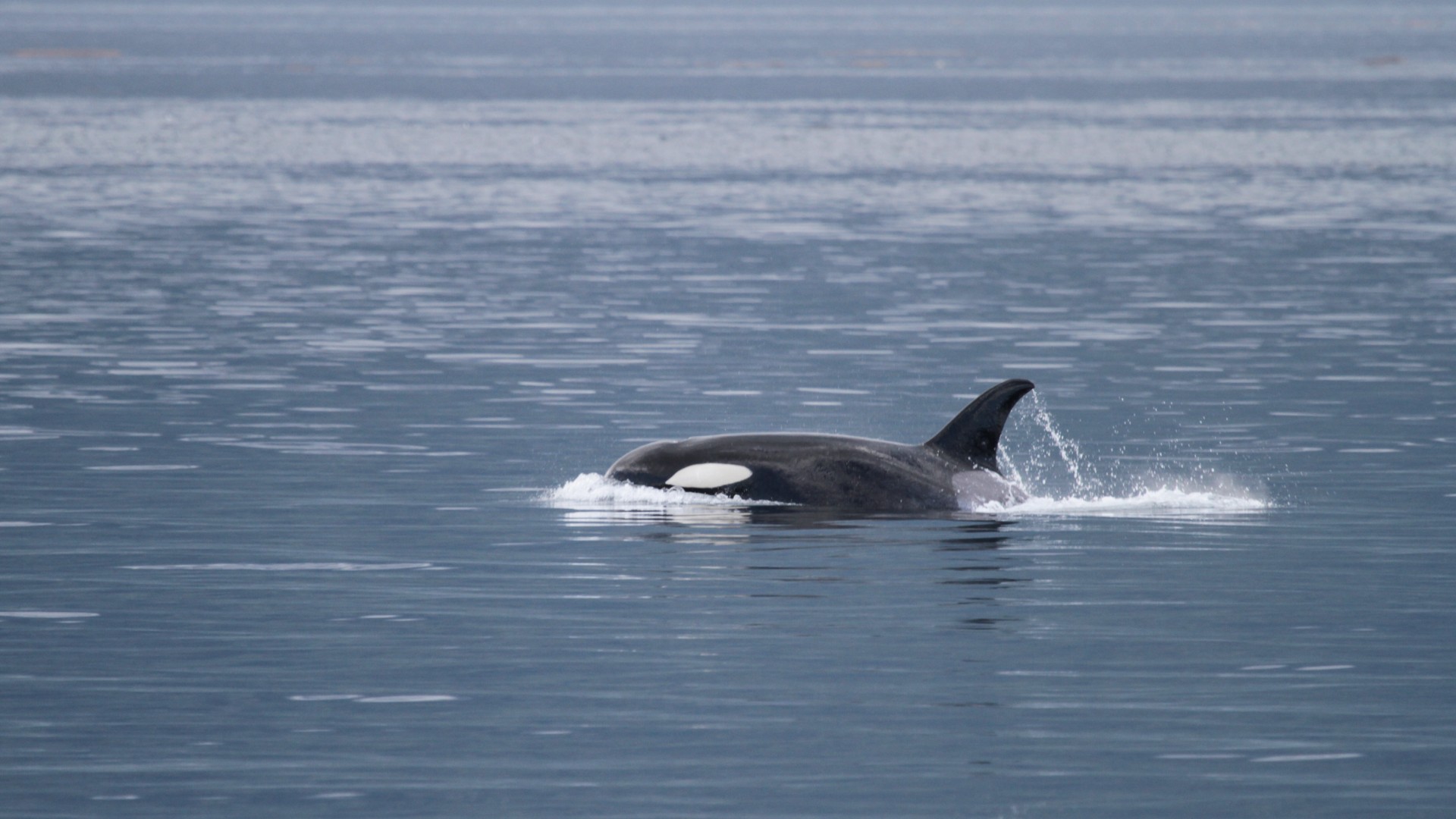
Orcinus orca
Through their poo, they also contribute to nutrient cycling within the ocean.

No data available

Population unknown. Last assessed 2017

Carnivorous

Virtually any marine habitat, but most common in cold water areas of high marine productivity, particularly at higher latitudes and from shores and the surf zone to the open sea

All over the globe but especially in food-rich areas. Two types of orca have been identified: residents stay in one area whereas transients roam widely

Fishing operations, pollution, disturbance (physical and acoustic), prey reduction, hunting, captivity

Length: 6-8 metres, weight: 3,500-5,400kg
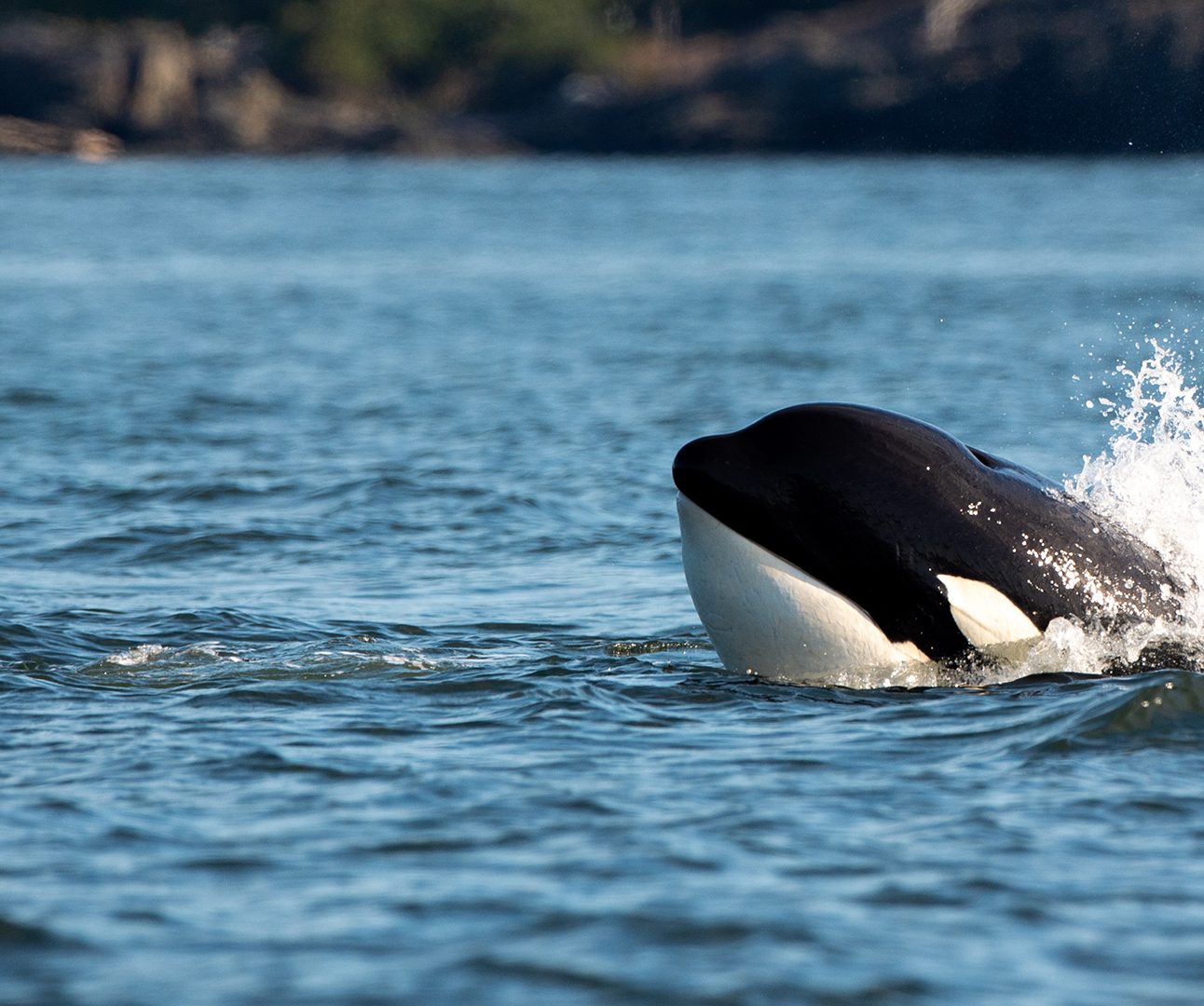
Orcas can be found in every ocean of the world and are one of the most widespread mammals on the planet.
The distinctive black and white orca, or killer whale, is the largest member of the dolphin family. An adult male can grow to eight metres long and weigh a colossal 10 tonnes – the equivalent of ten cars or 135 people. Streamlined and powerful, despite its size, the orca is perfectly adapted for marine life and one of the ocean’s fastest mammals – reaching 56 km/hour.
Orcas have 100 teeth to catch and kill their prey.
The typical lifespan in the wild is up to 50 years, with some potentially living to be up to 80-100 years old.
Orcas are found across most marine habitat on the planet and are considered one of the most wide-ranging mammals. They are most abundant in colder waters around North America and northern Europe.
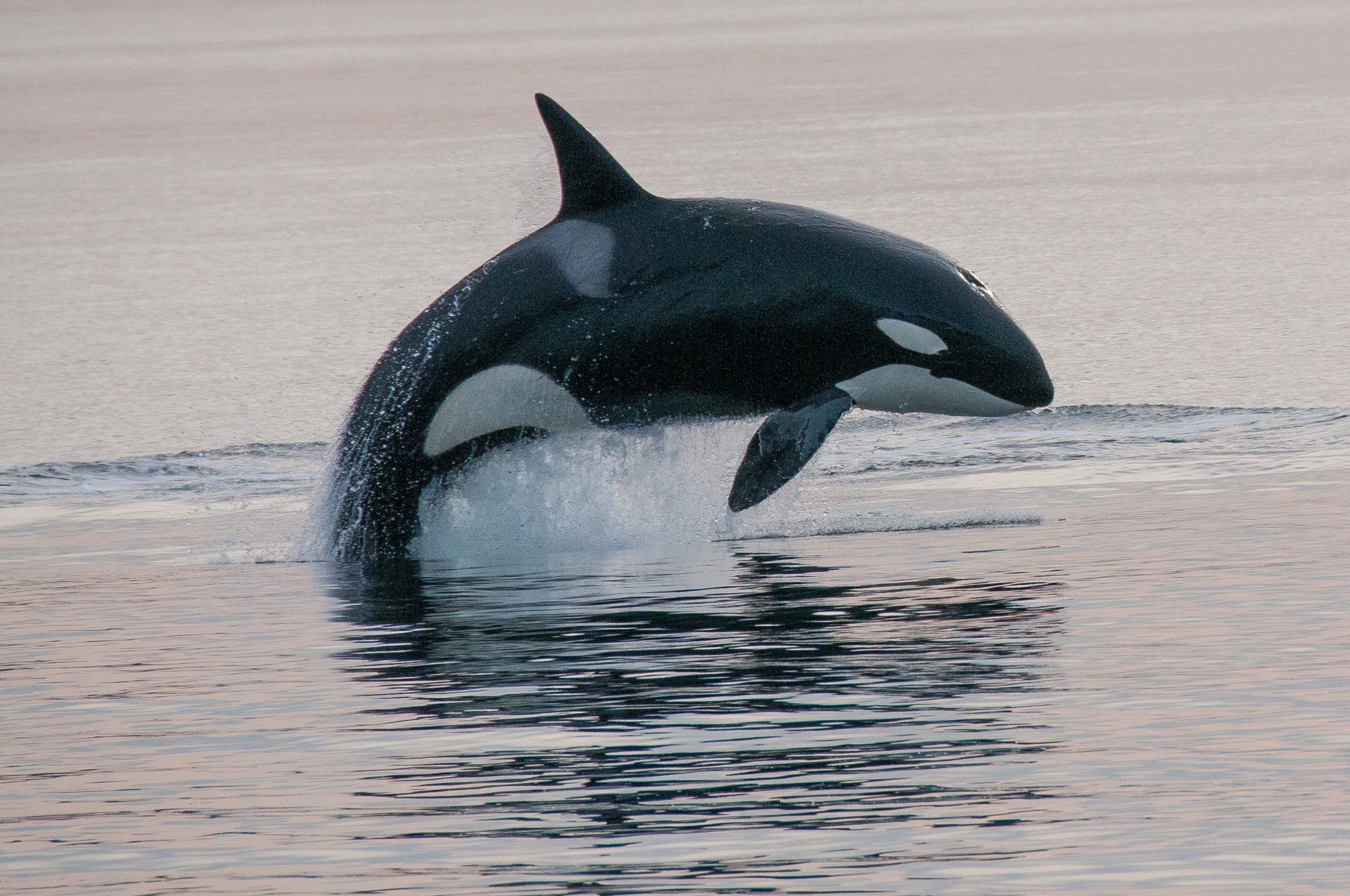
An orca leaping out of the sea © David Howitt
Orcas are highly intelligent and lead complex social lives. Permanent, mother-led groups form extended families called pods, which hunt, rest, play and travel together. Though mothers are the primary caregivers, everyone plays a part in caring for the young. The pod typically consists of 10-20 individuals, although there can be more.
Orcas eat a wide variety of marine life including seals, fish, seabirds and turtles. They have been shown to have a number of complex hunting methods including intentionally beaching seals to capture them on shore or herding fish and using a technique called tail strikes to stun them. The diet of orcas is determined by where they live (although they move long distances) and their culture (i.e. which learned hunting tactic works best for certain species).
Sound travels well in water and orcas communicate with calls, clicks and whistles, with each pod having its own distinct dialect. They use echolocation (sound reflection) to navigate and find food.
Mating takes place between individuals from different pods and it is thought that lengthy courtship occurs. Following a 17-month gestation, a female produces just one calf every four to five years. The calf suckles most of its first year and remains with its family for life.
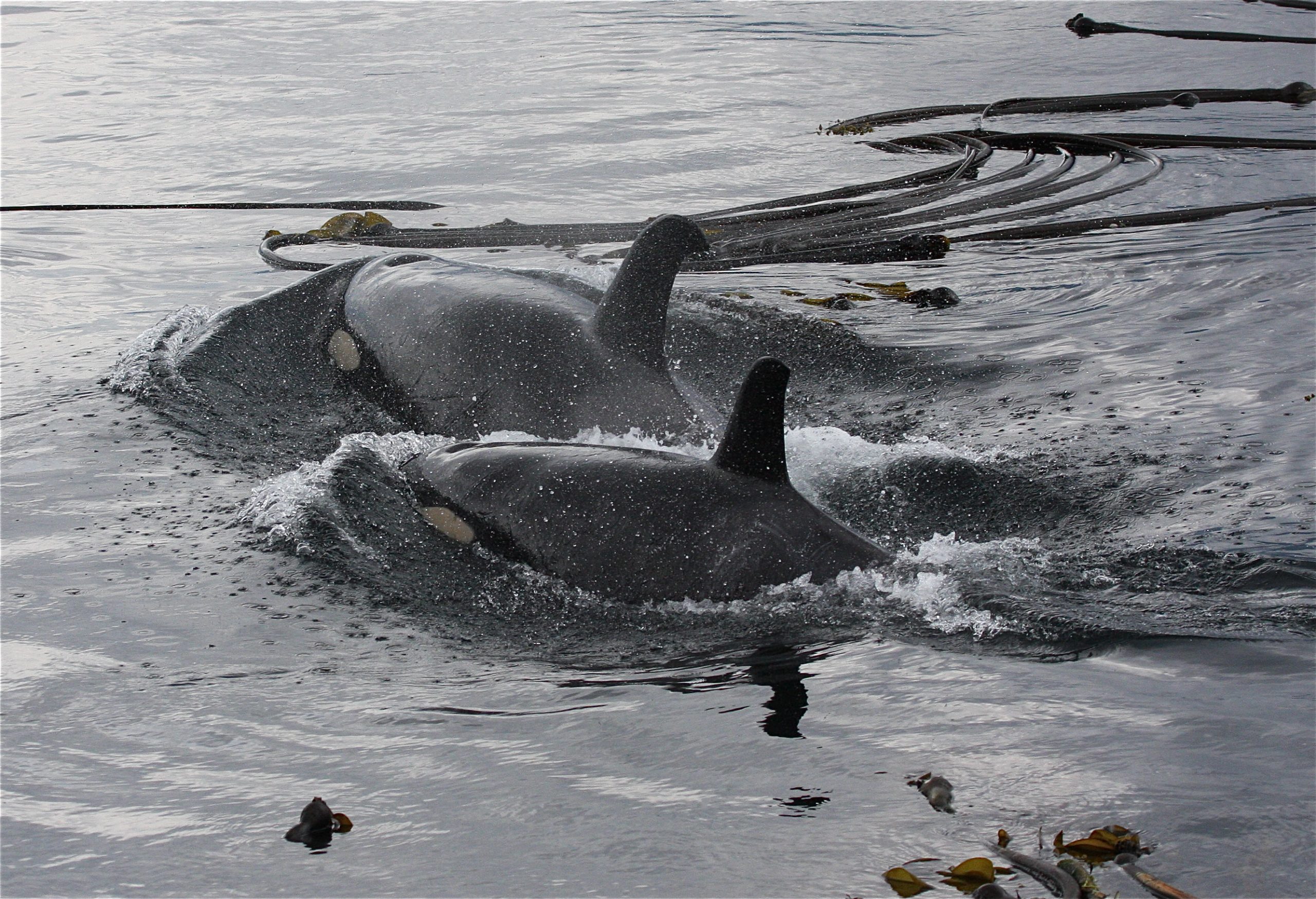
A mother orca and her calf © OrcaLab
Orcas can easily become entangled in fishing equipment and may be unable to swim to the surface to breathe. Fishing equipment can become tangled around their fins leading to long-term injuries and disabilities that reduces their ability to swim and hunt.
Overfishing and habitat loss and degradation have also contributed to the reduction in fish and marine life populations. Where orcas do not have enough to eat, it can impact on their ability to reproduce and can, ultimately, increase their mortality. Human activities like trawling disturbs orca habitats across the world.
Pollution is affecting orcas because wastewater treatment chemicals, oil spills, raw sewage and pesticides, enter the water and accumulate in the food chain where the top predators, orcas, end up consuming much of it, affecting their immune and reproductive systems.
Orcas are sensitive to sound and noise disturbance, from vessels, industrial and military activity, prevents orcas from successfully using their vocalisations and echolocation and can impact their feeding behaviour, communication and orientation.
Although there are protections in place to prevent marine species from being disturbed by boats, some people behave irresponsibly, and orcas can become injured by manoeuvring boats coming too close.
Orcas suffer in captivity and it is not ethical to keep orcas in captivity. Their complex behaviours cannot be supported in a captive environment and they suffer from many physical issues such as dorsal fin collapse and tooth damage.
As of March 2024, at least 179 orcas have died in captivity, excluding miscarried or stillborn calves.
Unlike other marine species such as baleen whales, orcas have not been systematically hunted. However, in some areas of their range, humans still hunt orcas. In parts of the world, orcas are considered to be highly dangerous; orcas can be aggressive to humans and a threat to human life. This has resulted in some fishermen shooting at or injuring animals.
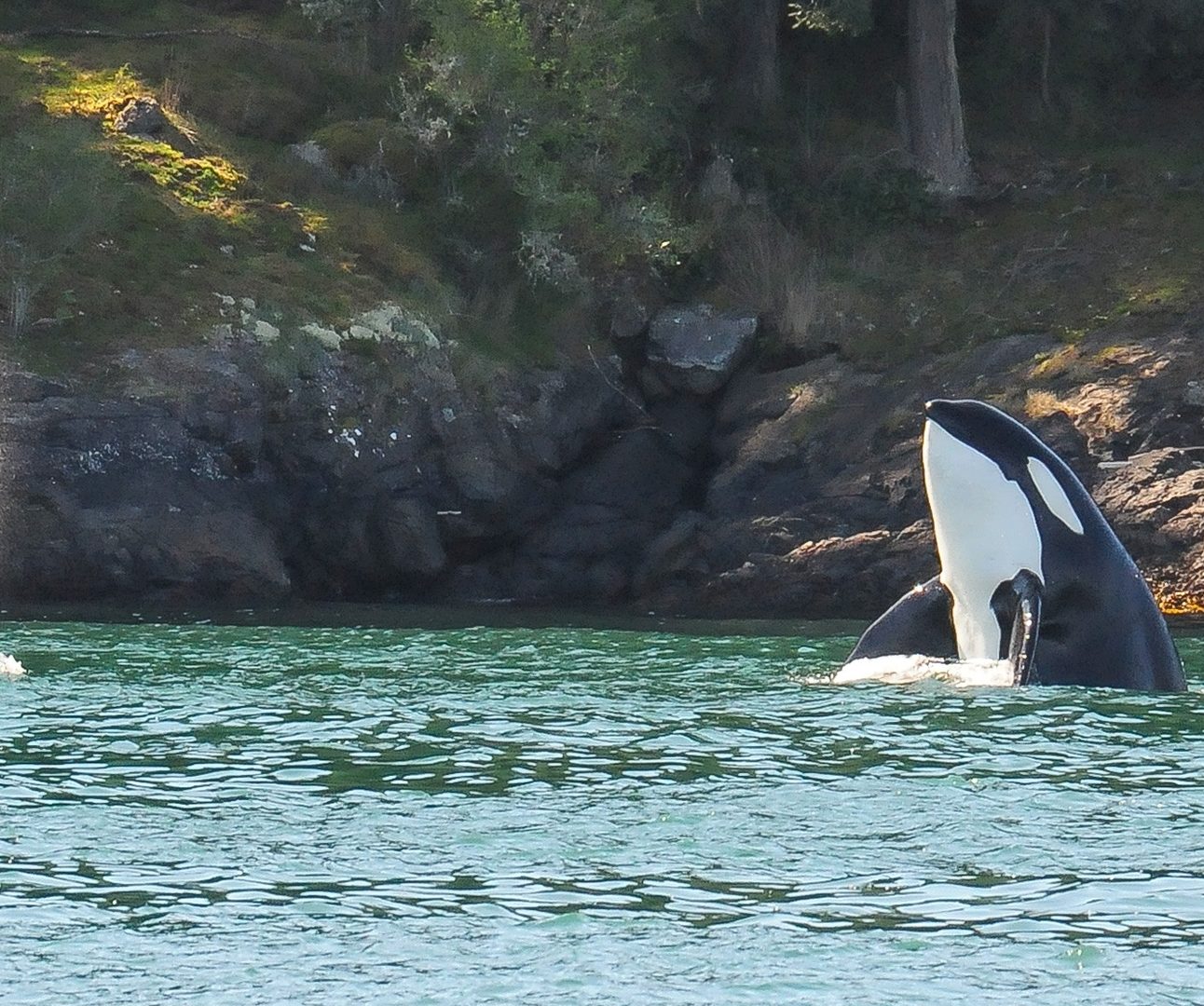
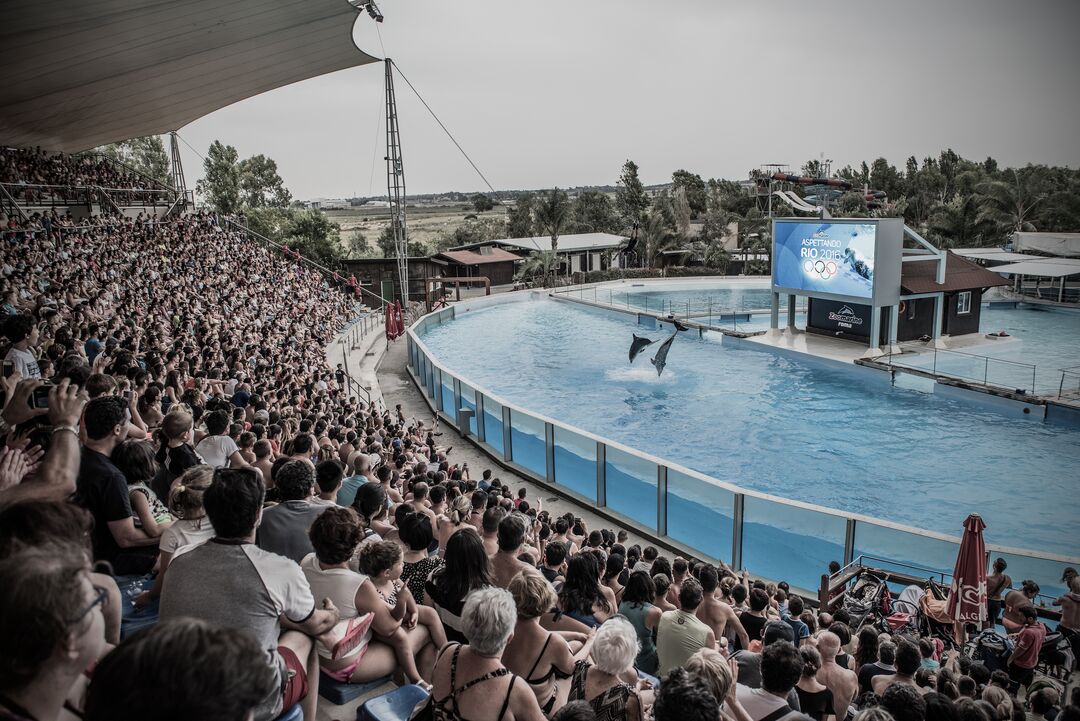
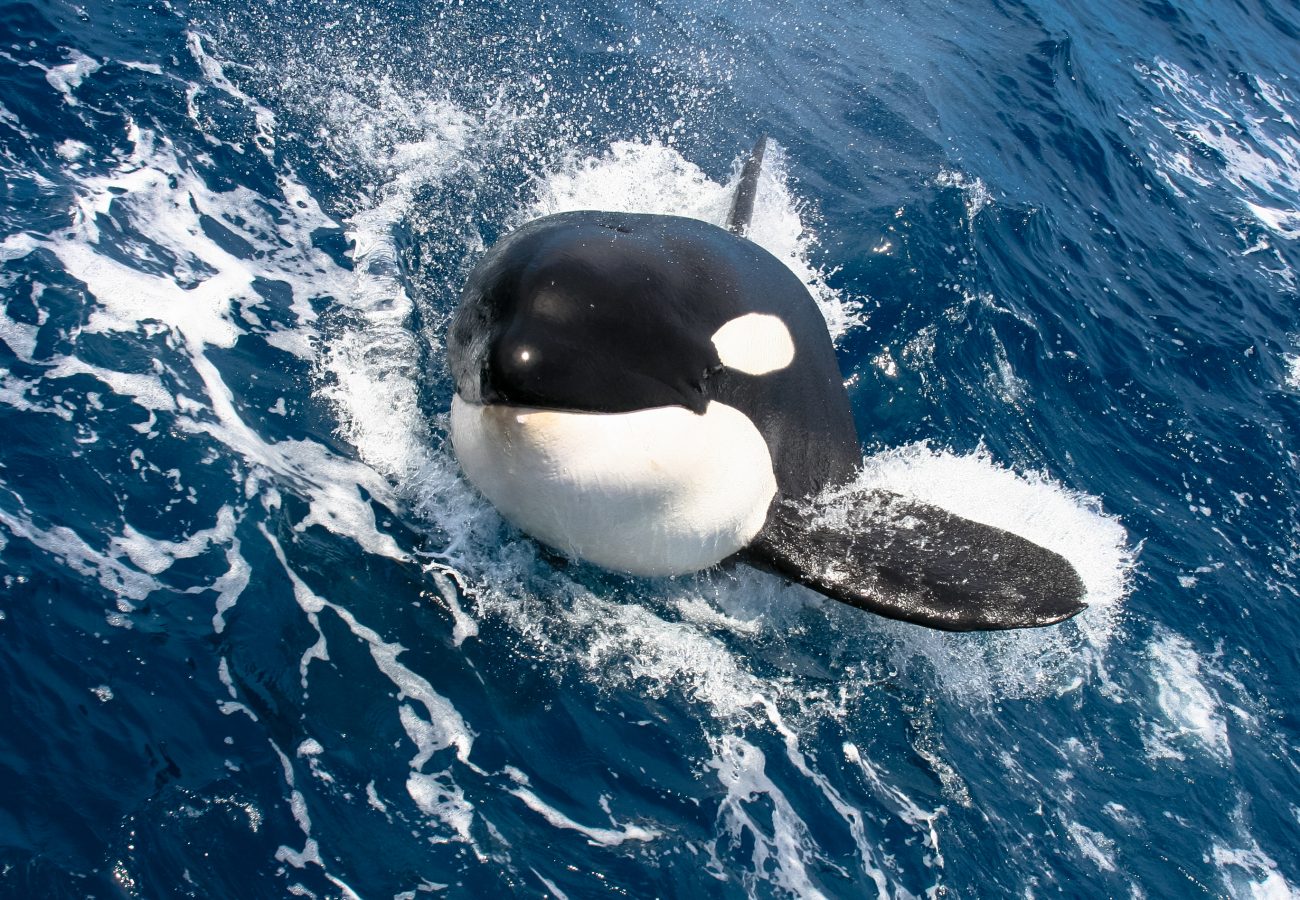
You can support Born Free's work to help support vital work in British Columbia, Canada, where monitoring the population of wild orca is aiding conservation efforts and public education, by adopting an orca today.